Housing renaissance: transform your home, transform yourself!

If you walk in and feel dissatisfied, you are not alone. Many people experience a feeling of emptiness or lack of harmony, and this can be a sign of a need for change. Housing renaissance is the solution: you don’t have to change your home to feel happy, but you can renovate your space in a smart and personalized way.
The quality of the environment in which we live plays a crucial role in our well-being.
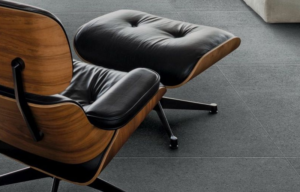
Design and architecture have a profound impact on emotions, arousing pleasant feelings and stimulating reflection. They can transform our state of mind and provide insights for self-improvement. By understanding and recognizing in architecture and objects the qualities and values typical of human beings, we have the opportunity to explore and understand ourselves better.
When a space makes people feel good
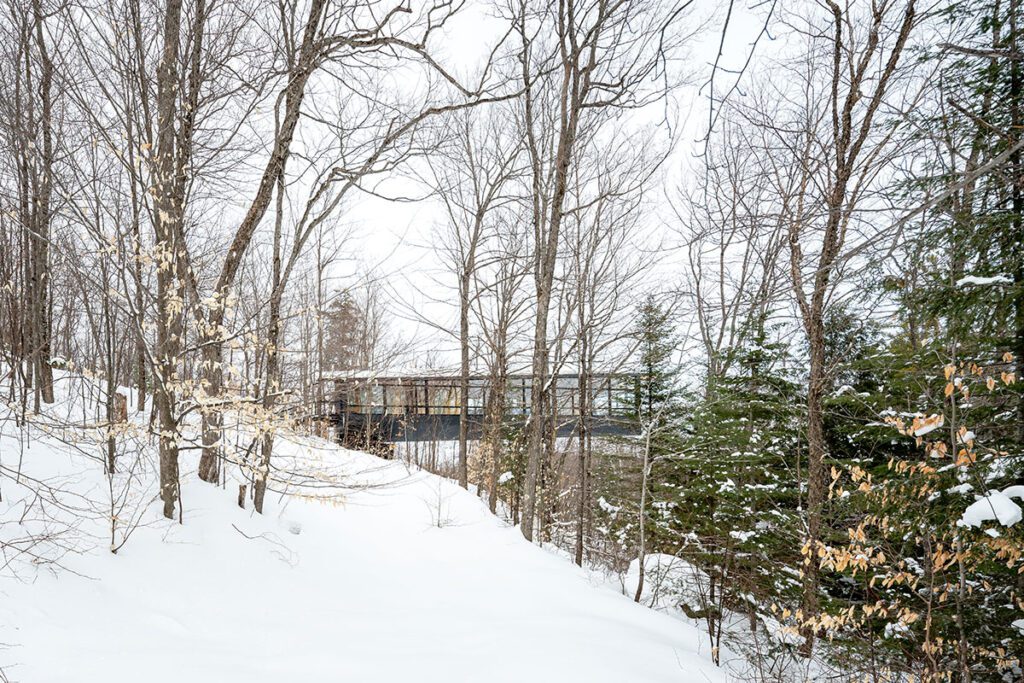
Design approaches in the spaces in which we spend most of our lives must consider not only aesthetics, but also the deep connection between environment, emotion, and human behavior. Leveraging neuroscience findings can guide architects and designers toward creating environments that not only meet practical needs but also contribute to people’s overall well-being.
Interaction between man and architecture. Architectural psychology
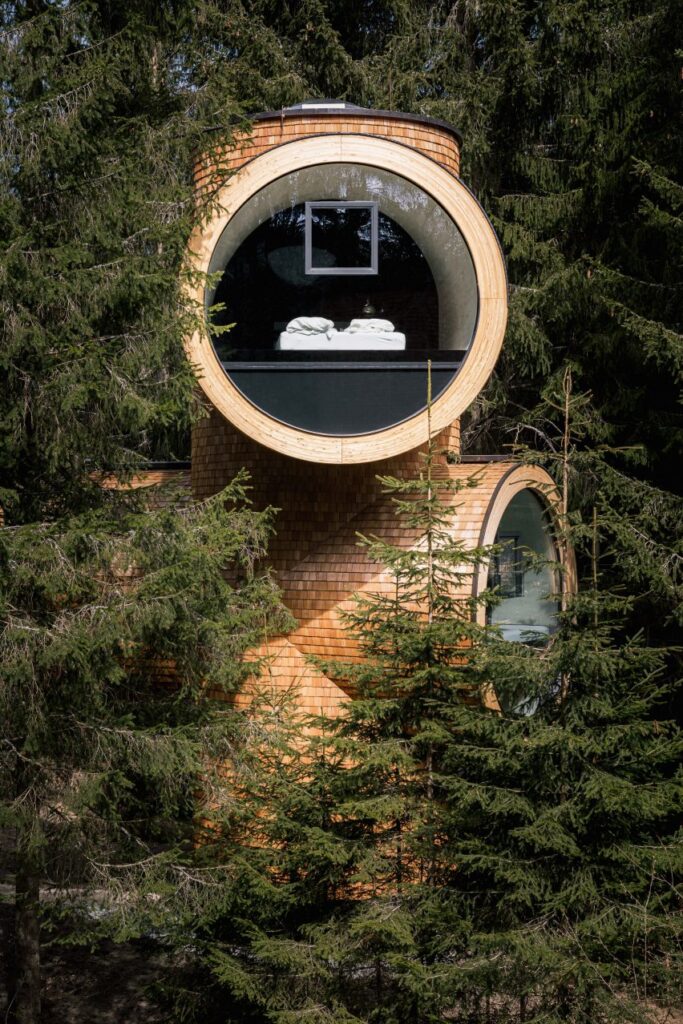
The influence of architectural space on people is a known and studied fact from time immemorial.
People’s changing needs and lifestyle
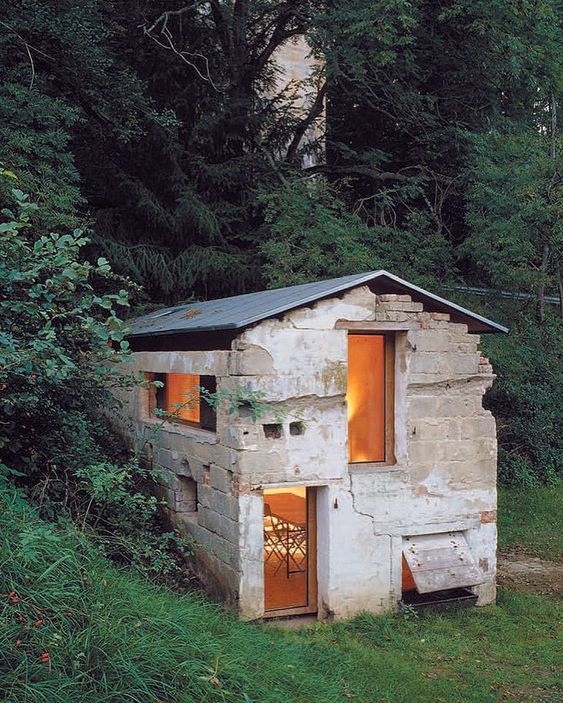
Today we want to talk about a topic close to our hearts: Working for the Beautiful. We believe that people looking for a home to live in should be able to enjoy maximum comfort and live in an environment that is a true haven of well-being. Our offering is based on this very principle: Improving the quality of life of the people who will live within the environments we create.
Visual perception how it affects design and architecture
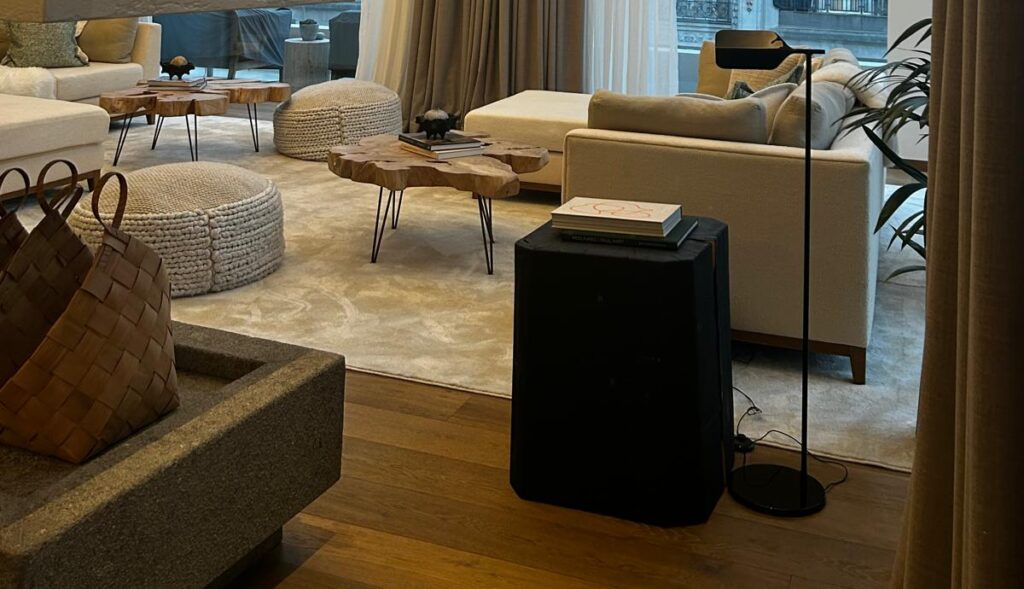
Visual perception plays a crucial role in how we interact with the world around us. It is the process by which our brain interprets the visual information we receive from our eyes, and this greatly affects our daily experiences, from simple walks in parks to complex design and architecture events.
Small house with a triangular design featuring corrugated sheet metal siding and a roof with a 30-degree pitch.
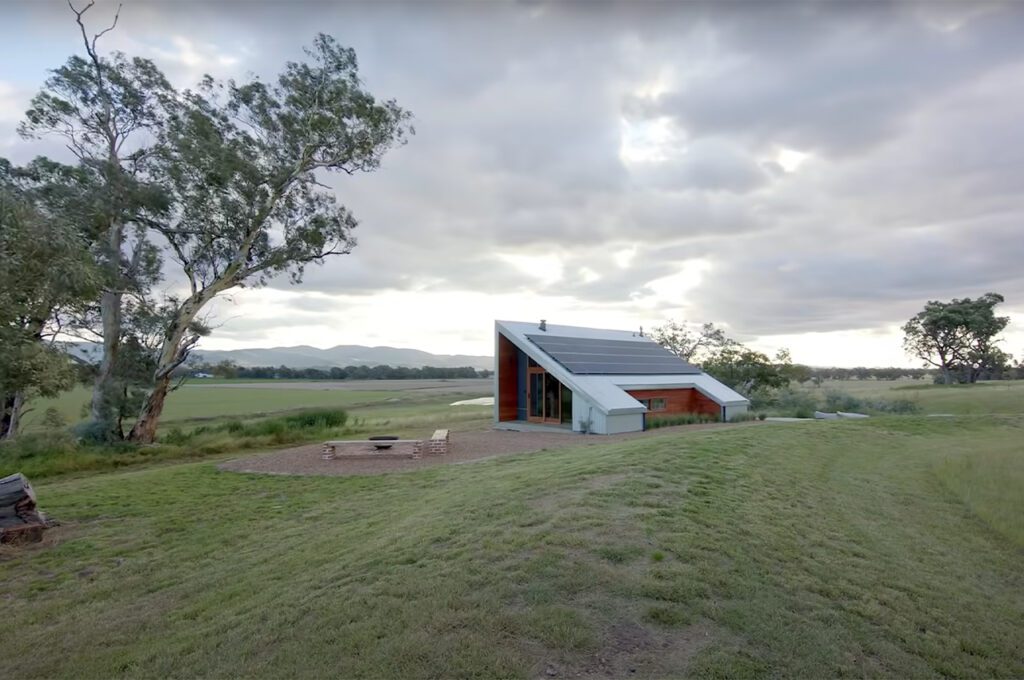
Steph and Oliver Gordon created a small 40-square-meter, grid-independent house on their cattle farm located in Mudgee, Australia.
Brutalism: from architectural movement to global trend
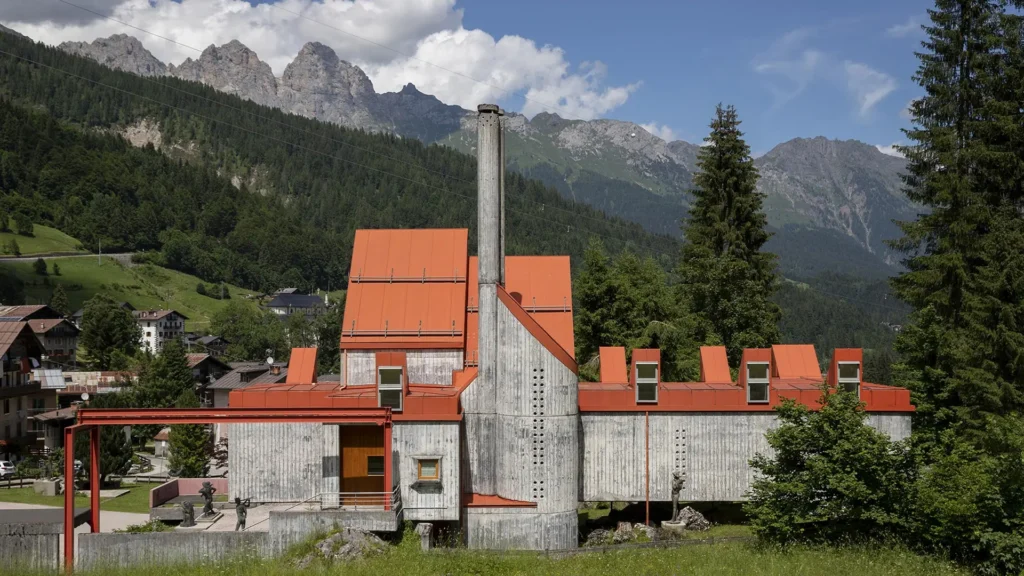
To find some clues regarding its origins we have to go back to the 1950s. British architect Alison Smithson was one of the first to use the term in the narrative of an architectural project: a small house in Soho described earlier using the term “shed aesthetic.”
Our homes are an expression of our identity
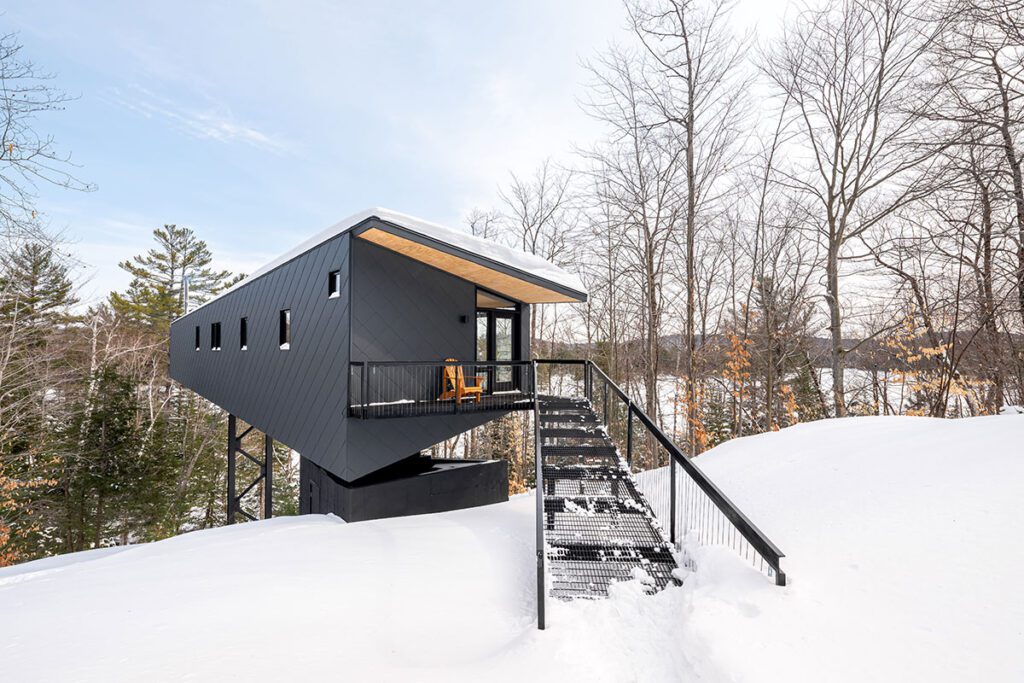
By focusing on the ways in which we inhabit the world, we better understand who we are and how we relate to others. Living and inhabiting, often considered synonymous, are two sides of the same coin.
Rediscovering one’s identity, memories and relationships
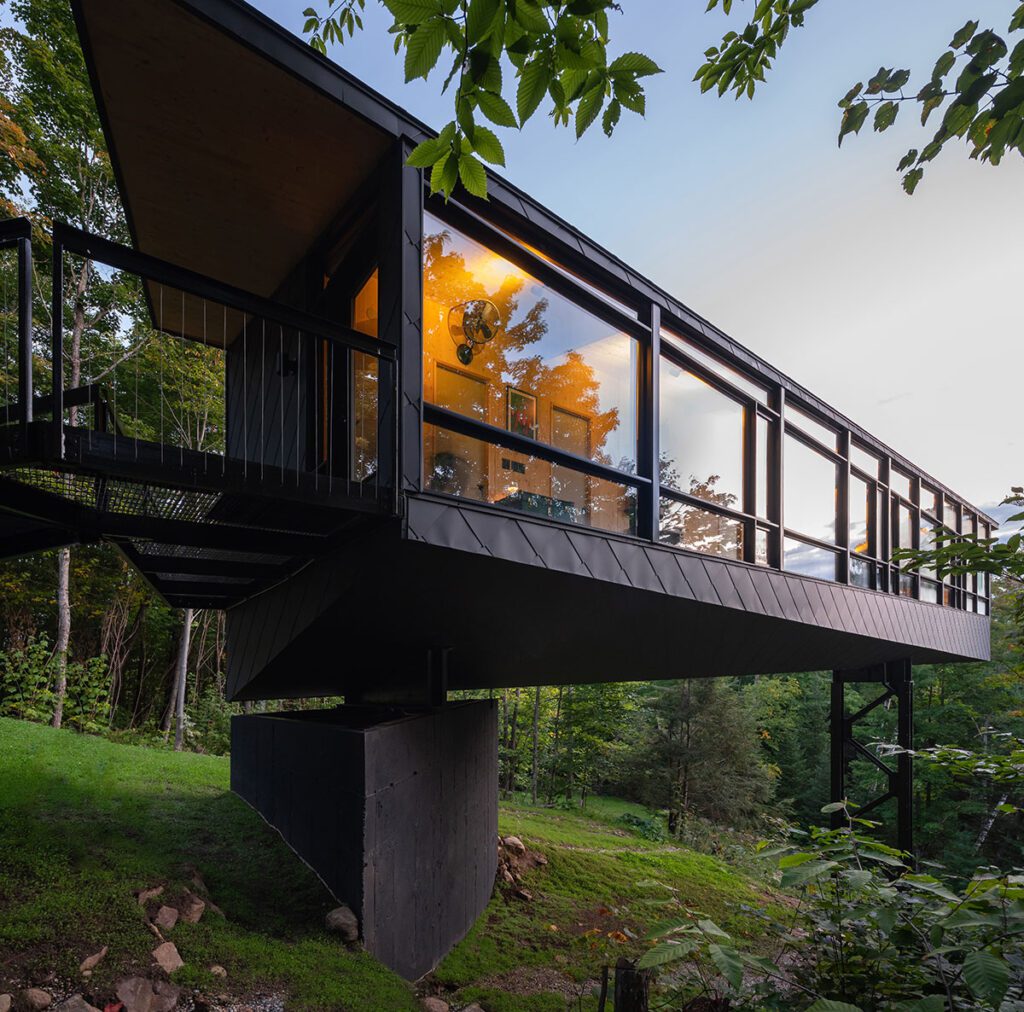
The inhabited space, whether a hut or a metropolis, is more than just a physical structure: it is a place where practical and symbolic needs are intertwined. Within it, the individual constructs his or her identity, memories and relationships.
